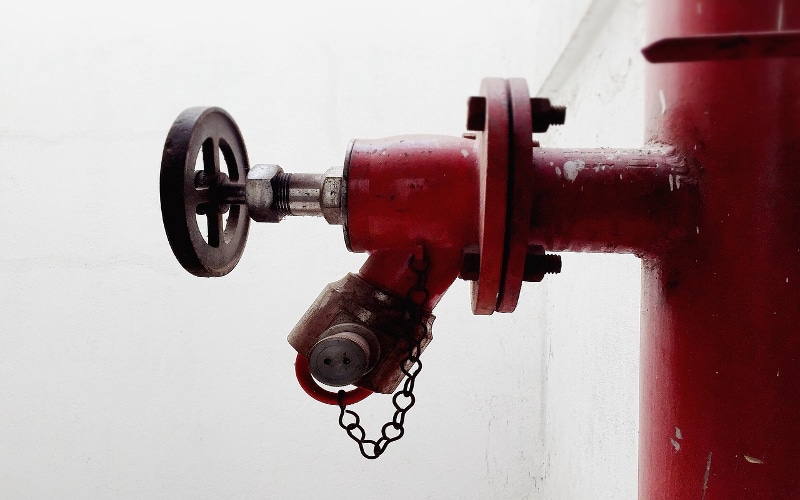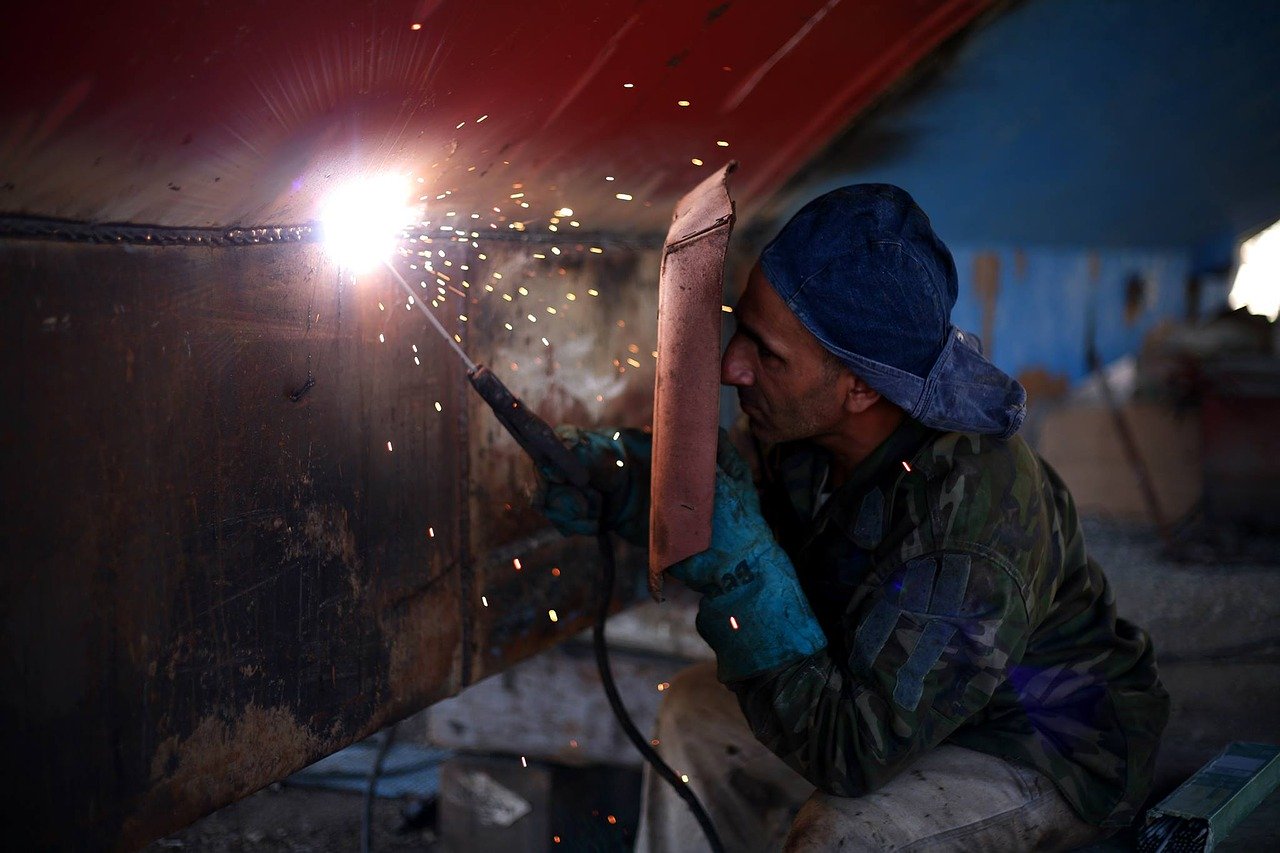The Code of Housing and Construction, the Labour Code, and specific laws are the basis for the Fire regulation in France. Fire safety regulation is a set of both local and European standards and decrees as EU directives are gradually getting integrated at the national and local levels.
Fire prevention competencies are centralised in different ministries like the Interior, Housing, Labour, Environment and Equipment ministries. These various agencies set the minimum compliance requirements for design, construction, and the management of buildings that prevent fires and ensure safety.
Regulatory documents classify buildings and indicate their fire protection requirements for each building type, depending on the risks inherent to that kind of building.
The Housing and Construction Code
The Housing and Construction Code provides for responsibilities involving the primary contractors and other contractors. This code covers what a building’s layout, fire resistance system and design, and evacuation plans in case of a fire. That is why certain regulations may concern workplaces.
The Labour Code
On the other hand, the Labour Code sets out the duties of the users of workplaces concerning equipment, and evacuation system including the training of its employees.
ERP and IGH
Buildings are classified either as a Public Receiving Establishment (ERP) or a Large Building (IGH), and more specific regulations are in place based on this set of classification. These specific rules include standards for materials and kinds of installations used.
Fire safety system
All companies are required to have a fire safety system that complies with SSI (Système de Sécurité Incendie, France’s Fire Safety System). This SSI is covered under the Labour Code, in Articles R4227-1 to R4227-41 and R4227-55 to R4227-57.
It talks about the employer’s obligations for placing a fire safety system in the workplace – including the installation of alarm systems and other communication equipment that allows the implementation of proper measures in case of a fire situation: emergency warning, evacuation, and rescue.
A sound alarm system is compulsory for all companies having 50 employees or more. Under Article R4227-36, the sound alarm system should be audible at any point in the building for the whole duration of an evacuation (minimum autonomy estimate at 5 minutes). It is imperative to install a visual alarm in buildings where the audible alarm is not enough to warn everyone in a building in cases of hearing impairment and situations where people wear noise-cancelling helmets.
Other firefighting equipment
A company’s staff should be provided with and have easy access to firefighting equipment wherein fire extinguishers are a major component. An area of 200m2 requires a 6-liter water spray fire extinguisher, which is at least one fire extinguisher per building level.
For industrial buildings, it’s one fire extinguisher per 150m2. Specific risks dictate other specifications. All fire extinguishers should be maintained in good working condition, regularly checked, and readily accessible and usable by facility personnel.
Additional fire extinguishers may be required on other systems depending on their setting:
- Dry or wet columns
- Armored fire faucets
- Fixed installations for the detection and automatic extinction of fire
- Sand or loose sand systems near the workplace
When these materials and systems are not automatic, an emphasis focuses on how readily available they should be. Moreover, if a work environment is a high-risk fire area, workers must be provided with supplementary equipment like lamps, fireproof protective clothing, or fire blankets.
A smoke extraction system must be in place to be able to expel smoke that may obstruct the passageways to be taken to be safe. Businesses are also required to label emergency exits and clearance routes with numbers according to the number of employees they can evacuate. For example, a 90-centimeter single exit is marked to clear out less than 20 people – the number naturally increases as the exit size increases.
Evacuation
A huge aspect of fire prevention is the human factor. Notifying employees about what they need to do in case of fire is very important. The Labour Code requires markings and signs that the company must conspicuously put in place. Signaling and lighting are imperative in containing dangerous areas and guiding employees to the safety zones.
Security lighting is an important decree from December of 2009. Thus, in case of a shutdown of the lighting system or the case of smoke extraction in the workplace, a company is required to have an established emergency lighting and lighting path that would guide building users and employees to safety.
Signages
Regarding signs, they should be easy to see and can immediately indicate evacuation routes, especially external staircases and emergency exits. Standards are in place for how warning signs, emergency signs, indications for firefighting equipment, should be displayed. The signs should mark the emergency exits and the paths leading to them and should say to be used only during emergencies.
The evacuation plan is very crucial especially during life-threatening situations because an evacuation plan makes evacuation faster and safer with a drawing or general outline of paths to the exits and assembly points. In the illustration, indications and labels should mark where fire alarms, fire extinguishers and other firefighting equipment are found.
The outline represents the layout of the area and its premises, the number of people to be evacuated, the presence of disabled persons or persons with reduced mobility, and the locations of emergency exits and stairways. The minimum number of evacuation exits is two, and the width or size is relative to the number of people and their situation in the building.
An evacuation plan should be able to withstand the fire, use emergency lighting, and represent the vital elements present in the general outline.
More on Safety Instructions
In companies having 50 or more employees, safety instructions are required by law to be displayed visibly around the building especially where handling of flammable materials are happening.
Safety instructions must “ensure the rapid evacuation of persons occupied or united in the premises”, according to a decree issued on the 21st of January, 2010. In each department or area having more than five people in a specific workforce, safety instructions must be displayed and should indicate:
- Fire-fighting equipment: type of fire alarm, extinguishing tools, and emergency equipment
- Personnel-in-charge: specific individuals responsible for using the fire-fighting equipment, the individual responsible for evacuation, and the one responsible for alerting the fire station
- Any person who witnesses the start of the fire should be responsible for alerting the carrying out the first aid
- Special measures for persons with disability
The current design standards for fire safety instructions to be posted in establishments in France follows the NF X 08-070: Safety Information and Instructions – Instructions, Evacuation Plans, Response Plans, Safety Plans and Technical Documentations, which was declared final last June 1, 2013.
For more info on fire and building standards in France, read this and this. Complement this informative article with a post talking about the common hazards and dangers in the construction workplace should be also worth your read.



